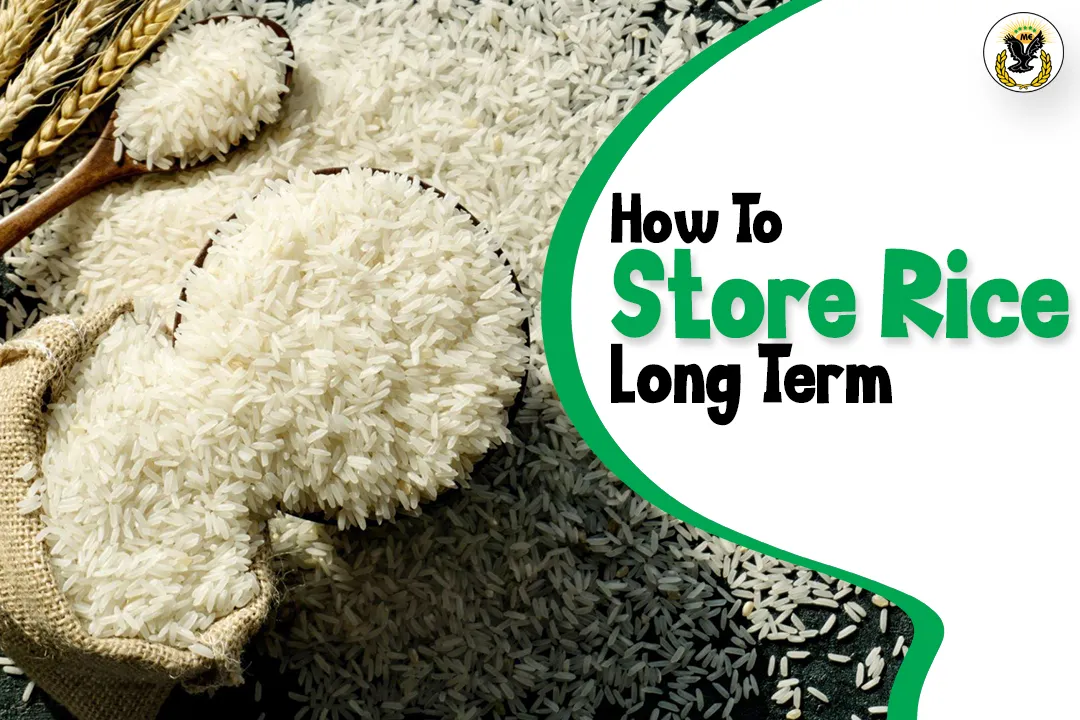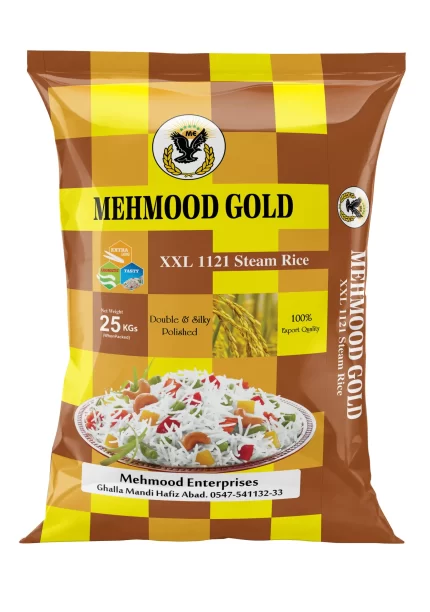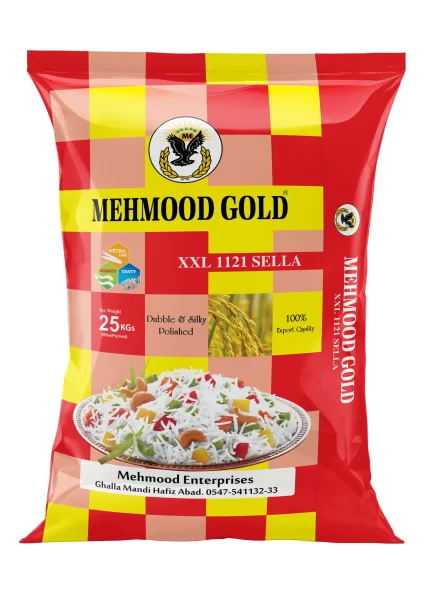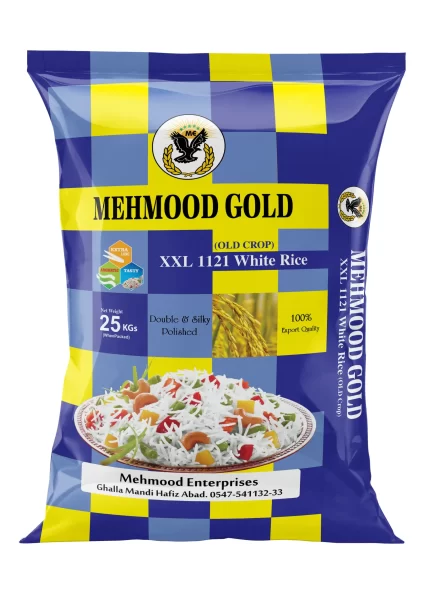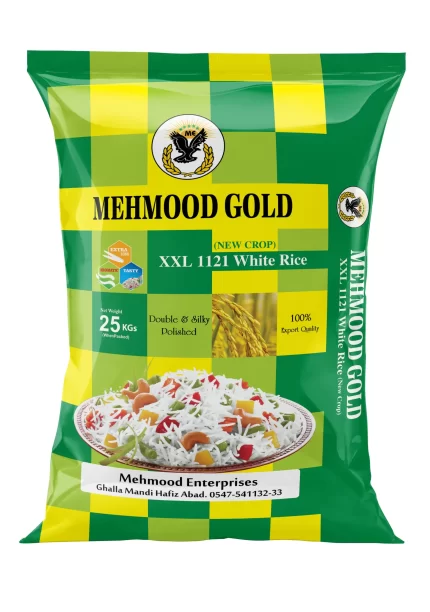Welcome to the world of endless possibilities with rice! Here at Mehmood Enterprises, we don’t just sell rice; we sell an experience and a promise of long-term sustainability. Whether you are a restaurant owner in Italy, a grocery store proprietor in the U.S., or a distributor in China, we want to ensure our globally sourced rice remains fresh and delightful, regardless of where it lands.
Preserving the integrity of our quality rice begins with understanding the intricacies of long-term storage. Proper storage not only extends the shelf-life of the rice but also maintains its taste, texture, and nutritional value.
Are you ready for the journey? Buckle up as we delve into the vital tips you need to know about storing rice long-term.
Long-term rice storage doesn’t have to be complicated; it just needs to be done right. Let’s make sure your rice stays as fresh as the day it was harvested.
Factors That Affect The Shelf Life Of Rice
Rice is a staple food for millions across the globe, with its incredible shelf life being one of its most attractive features. However, the shelf life of rice can be influenced by several factors. Let’s dive into these determinants.
Environmental Conditions
Environmental factors such as temperature, humidity, and light can greatly affect how long your rice will last. Ideally, the rice should be stored in cool, dark, and dry places, away from sunlight and moisture, as these accelerators can cause the rice to degrade quickly.
Storage Method
The method of storage also plays an integral role in preserving the quality of rice. Using airtight containers can prevent the entry of oxygen, a primary cause of food spoilage. Furthermore, vacuum sealing and using oxygen absorbers can significantly extend the shelf life of rice.
Type Of Rice
Not all rice is created equal when it comes to long-term storage. Basmati rice, Sella rice, Short grain rice, wild rice, arborio, and jasmine rice have a longer shelf life compared to brown rice, Steam rice, and other whole grain varieties. This is due to the higher oil content in whole grain rice that can cause it to spoil faster.
Proper Handling
How rice is handled before and during storage can also affect its longevity. It’s crucial to ensure that the rice is free from contaminants such as dust, insects, and moisture before storing it. Washing hands and using clean utensils can prevent the introduction of microorganisms that may cause spoilage.
How To Choose The Best Storage Container For Your Rice
Choosing a suitable storage container is vital to preserving the freshness and taste of rice for a long time. It’s not just about picking the first container you see but finding the best one that fits your needs. Let’s explore how to make the best choice.
Consider Material
Plastic, glass, or metal? It’s a necessary question to ponder. Plastic is lightweight and cheap, but it may not be as durable or airtight as glass or metal containers. Glass and metal, while more expensive, are sturdy and have excellent airtight qualities. Consider your use, budget, and storage conditions before deciding.
Size Matters
When it comes to rice storage, size does matter. The container size should depend on the amount of rice you plan to store. It’s recommended to use smaller containers for the daily use of rice and larger ones for long-term storage. This way, you won’t expose your entire stock to air whenever you need rice.
Airtight Is Right
An airtight seal is the key to keeping your rice fresh and free from pests. Containers with rubber or silicone seals perform the best in this regard. Ensure the lid fits snugly, leaving no room for air or little critters to sneak in.
Consider The Available Storage Space
Lastly, let’s not forget about space. Your storage container should fit comfortably in your pantry or wherever you plan to store it. Bulky containers might provide more storage, but if they don’t fit, they’re not the right choice.
Remember, it’s not just about storing rice but preserving its quality. Choose wisely!


How To Detect Spoilage In Stored Rice
So, you’ve got a batch of rice tucked away for the long term, but you’re wondering how to tell if it’s still good to use. Spoilage in stored rice can occur due to various factors, and discerning it early can save you from a potentially bad batch. Let’s dive into some telltale signs of spoiled rice.
Visible Signs: One of the most straightforward ways to detect spoilage in rice is through visual assessment. If you see signs of mold or discoloration, your rice might have gone bad.
Odor: Rice typically has a mild, grainy scent. If you detect a strong, unpleasant, or off-putting odor, it could indicate that your rice has turned.
Texture: Another key indicator is texture. If your rice has turned hard, or if it’s overly squishy, it could be a sign of spoilage.
Insects or Pests: Stored rice can sometimes attract pests. If you notice any insects or signs of their activity in your rice, it’s likely spoiled.
Changes in Flavor: If you’ve cooked some of your stored rice and it tastes off, this can be an indication of spoilage. Always trust your taste buds!
Remember, when in doubt, it’s best to err on the side of caution and dispose of potentially spoiled rice. Better safe than sorry, right?
Proper Ways To Store Rice Long Term
So, you’ve stocked up on a mountain of rice for your business or personal use, and now you’re wondering how to keep it fresh for the long haul. Fear not, dear reader; we’ve got your back. Here’s our guide to storing rice for the long term.
Seal It Tight
Rice, like any grain, loves to breathe, but it’s not so great for long-term storage. Ensuring that your rice is sealed in an airtight container is key. Plastic, glass, or metal containers with tight lids are great options.
Store In A Cool, Dry Place
While it might be tempting to store your rice in the fridge, it’s best to keep it in a cool, dry place. A pantry or basement would be ideal. Remember, moisture is not rice’s friend when it comes to storage.
Keep Away From Strong Smells
Rice tends to absorb smells from its surroundings. So please keep it away from strong odors like spices or onion. Unless, of course, you fancy onion-flavored rice for dinner every night!
Use Oxygen Absorbers
Adding oxygen absorbers to your rice storage helps increase its shelf life. These nifty little packets remove oxygen, preventing bugs and extending the lifespan of the rice.
Rotate Your Stock
Just like in any good warehouse, rotation is critical. Use the ‘first in, first out’ principle to ensure that no batch of rice gets left at the back, neglected and forgotten.
With these simple steps, you’ll be a rice-storing champ in no time. Remember, a little attention to detail now can save you a lot of hassle (and wasted rice) later. So, happy storing!
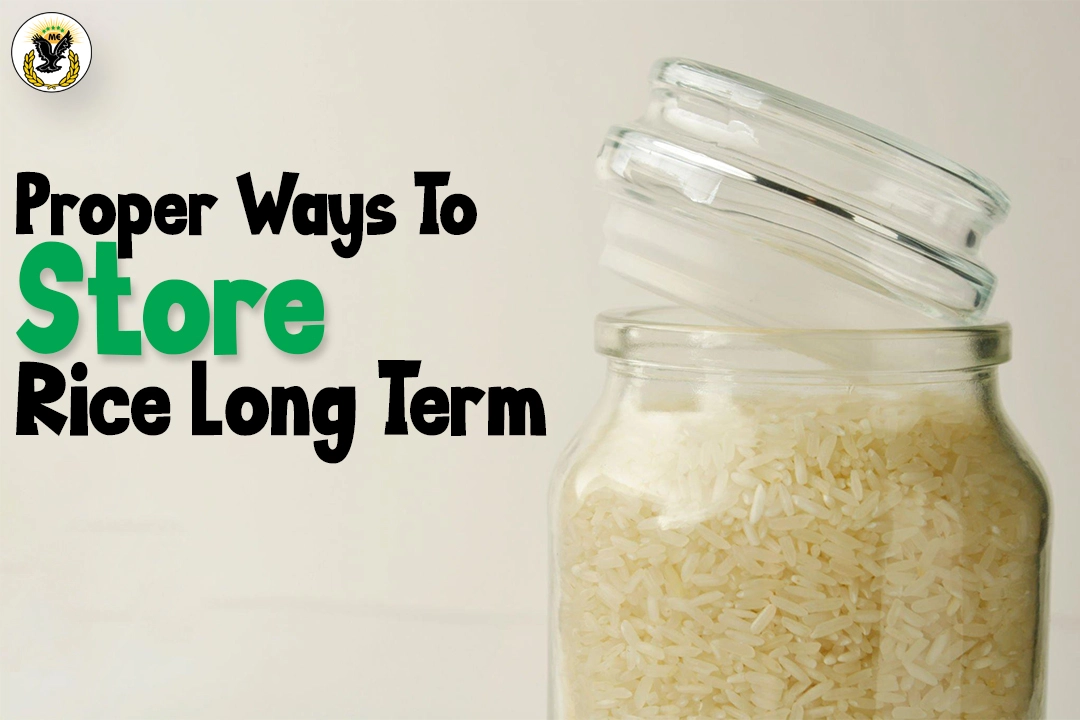
Common Mistakes To Avoid While Storing Rice
So, you’ve secured an impressive stockpile of the world’s second-most consumed staple food – rice. But, there’s a catch – storing it. Many people make mistakes while storing rice that can lead to spoilage. Here, we’ll uncover these common pitfalls and how to steer clear of them.
Mistake #1: Improper Sealing
Ever opened a bag of rice to find it infested with bugs? That’s the result of improper sealing. Bugs and pests can easily infiltrate loosely sealed containers, ruining your rice supply.
Mistake #2: Ignoring the importance of a cool, dry place
Storing rice in a humid or warm environment can hasten spoilage. It’s essential to keep your rice in a cool, dry place to enhance its shelf-life.
Mistake #3: Neglecting Oxygen Absorption
Exposure to oxygen can cause your rice to go bad. By not using oxygen absorbers, you’re leaving your rice vulnerable to premature spoilage.
Mistake #4: Overlooking the possibility of cross-contamination
Storing rice alongside pungent foods like onions or garlic can lead to unwanted flavor transfers. Cross-contamination can alter the natural taste of your rice, making it less enjoyable to eat.
Why Choose Mehmood Enterprises?
At Mehmood Enterprises, we not only provide high-quality rice from Pakistan to all corners of the globe, but we also impart valuable knowledge so our customers can make the most out of our products. We believe in quality, trust, and fostering long-term customer relationships.
So, go ahead, order your favorite rice from us, apply these storage techniques, and enjoy the longevity of our premium grains. After all, we’re more than just a B2B e-commerce store; we’re your partners in the kitchen, helping you serve the finest meals, every time.
Conclusion
In conclusion, storing rice long-term requires careful attention to factors like moisture, temperature, and container choice. Remember, it’s all about creating a storage environment that keeps those pesky little bugs, mold, and bacteria at bay.
Properly stored rice can last up to 30 years. So, think about the future, invest in quality containers and desiccants, and you’ll never have to worry about running out of rice or it going bad.
Frequently Asked Questions
Ans: To determine if your rice is suitable for long-term storage, check the variety and oil content. Whole grain varieties like brown rice have a higher oil content, making them more prone to spoilage. Opt for varieties like Basmati, Sella, Short grain, wild rice, arborio, or jasmine rice, as they have a longer shelf life.
Ans: While freezing rice is an option, it’s not the most ideal for long-term storage. Freezing can affect the texture and quality of the rice when thawed. It’s better to follow proper storage methods in cool, dry places with airtight containers.
Ans: Yes, there are natural pest deterrents you can use. Bay leaves or neem leaves placed in the rice container can help keep pests away due to their repellent properties. However, for more extended storage periods, it’s advisable to use oxygen absorbers or desiccants to ensure complete protection.
Ans: No, once oxygen absorbers or desiccants are exposed to the air, they begin to absorb moisture and lose their effectiveness. It’s best to use fresh packets every time you store rice to maintain optimal storage conditions.
Ans: To maintain the quality of your stored rice, it’s recommended to rotate your stock at least once a year. By using the “first in, first out” principle, you ensure that older rice is used before newer purchases, reducing the risk of rice going bad over time.

